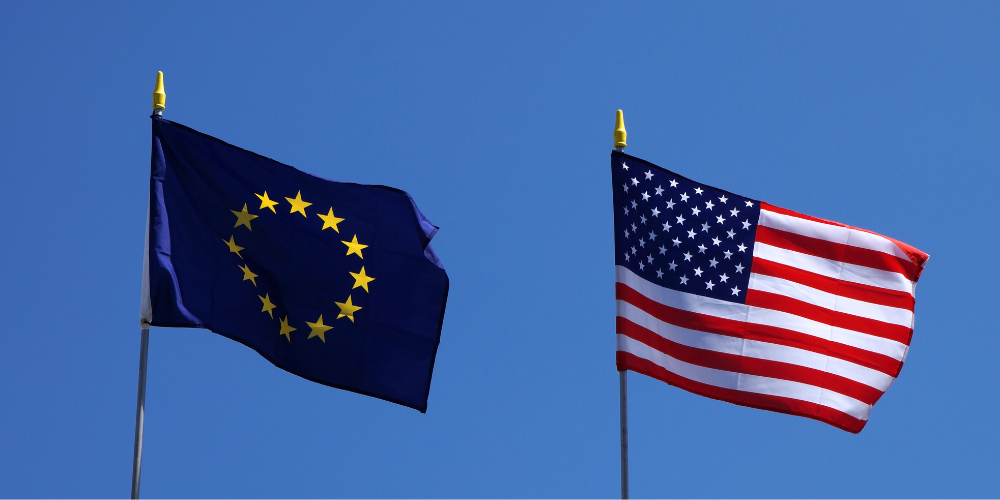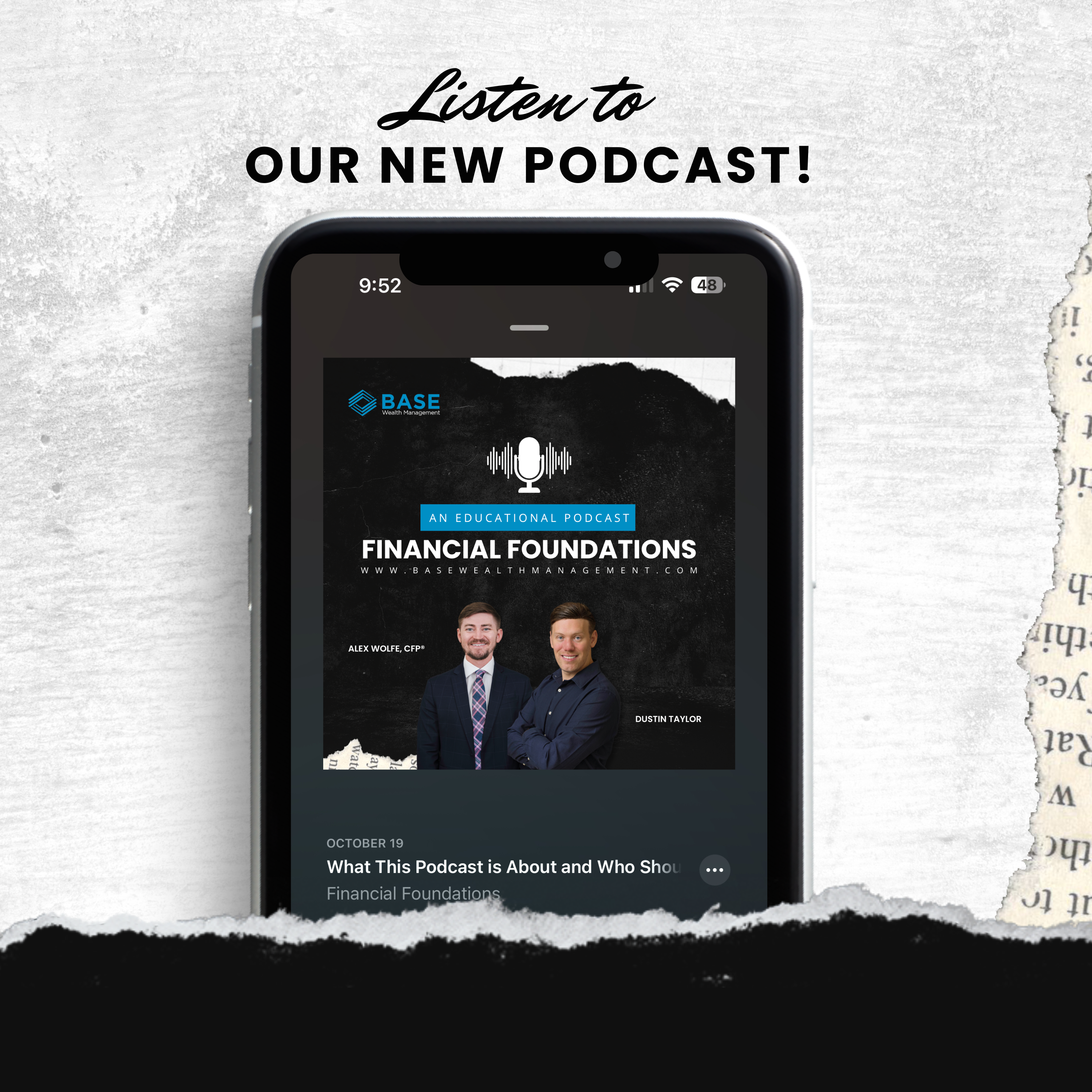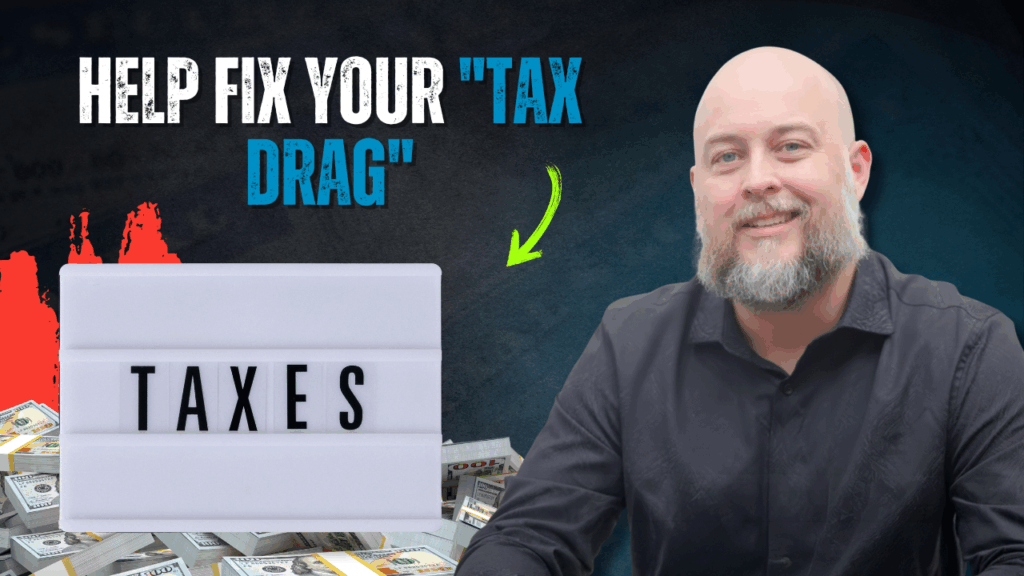U.S. and EU Strike Trade Deal with 15% Tariffs, Avoiding Major Conflict
President Trump announced a new trade deal with the European Union that imposes a 15% tariff on most European goods, including autos, avoiding the previously threatened 30% rate. Key sectors like aircraft components and pharmaceuticals are exempt, and the EU committed to $750 billion in U.S. energy purchases and $600 billion in new U.S. investments. European leaders welcomed the deal as a stabilizing move, though concerns remain over the higher tariff costs and long-term economic impact. The agreement averts a full-scale trade war and marks a significant shift in the transatlantic trade relationship.
Trump Signals Confidence in Fed Rate Cuts After Positive Meeting with Powell
President Trump expressed optimism that the Federal Reserve will begin lowering interest rates following a constructive meeting with Fed Chair Jerome Powell. While Powell has previously resisted rate cuts, citing a strong economy, Trump interpreted their discussion as a sign that policy easing is on the horizon. White House officials, including budget director Russell Vought, continued to advocate for lower rates and called for a broader review of the Fed’s operations and financial management. Despite past tensions, the recent meeting marked a more cooperative tone, though futures markets remain doubtful about an imminent rate cut.
U.S. Economy Rebounds as Consumers Shake Off Tariff Fears
Despite initial fears that President Trump’s tariffs would trigger a recession, consumer sentiment and spending have rebounded, pushing the stock market to record highs and easing inflation concerns. Retail sales, credit card spending, and optimism among small-business owners have all increased, with some companies even hiring again and reporting strong earnings. While certain economic sectors, like manufacturing, remain soft and tariff-related risks still loom, many consumers and businesses have decided to stop waiting and move forward with purchases and investments. Economists now see a slow-growth path rather than a downturn, signaling renewed confidence in the economy’s resilience.


















